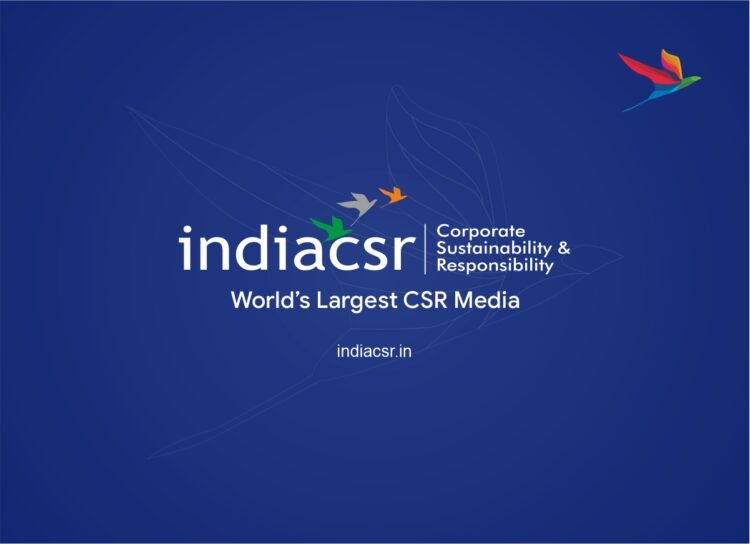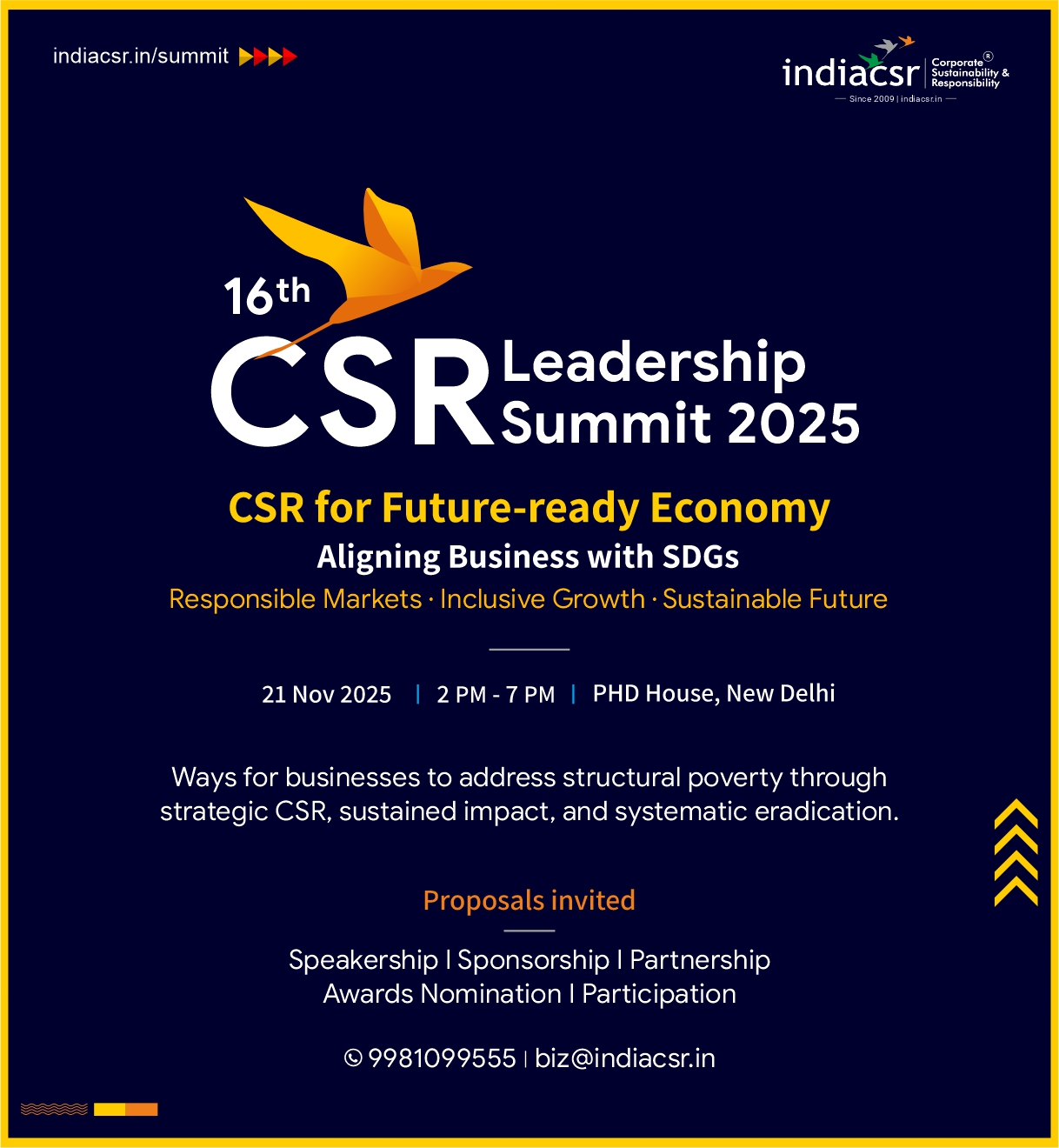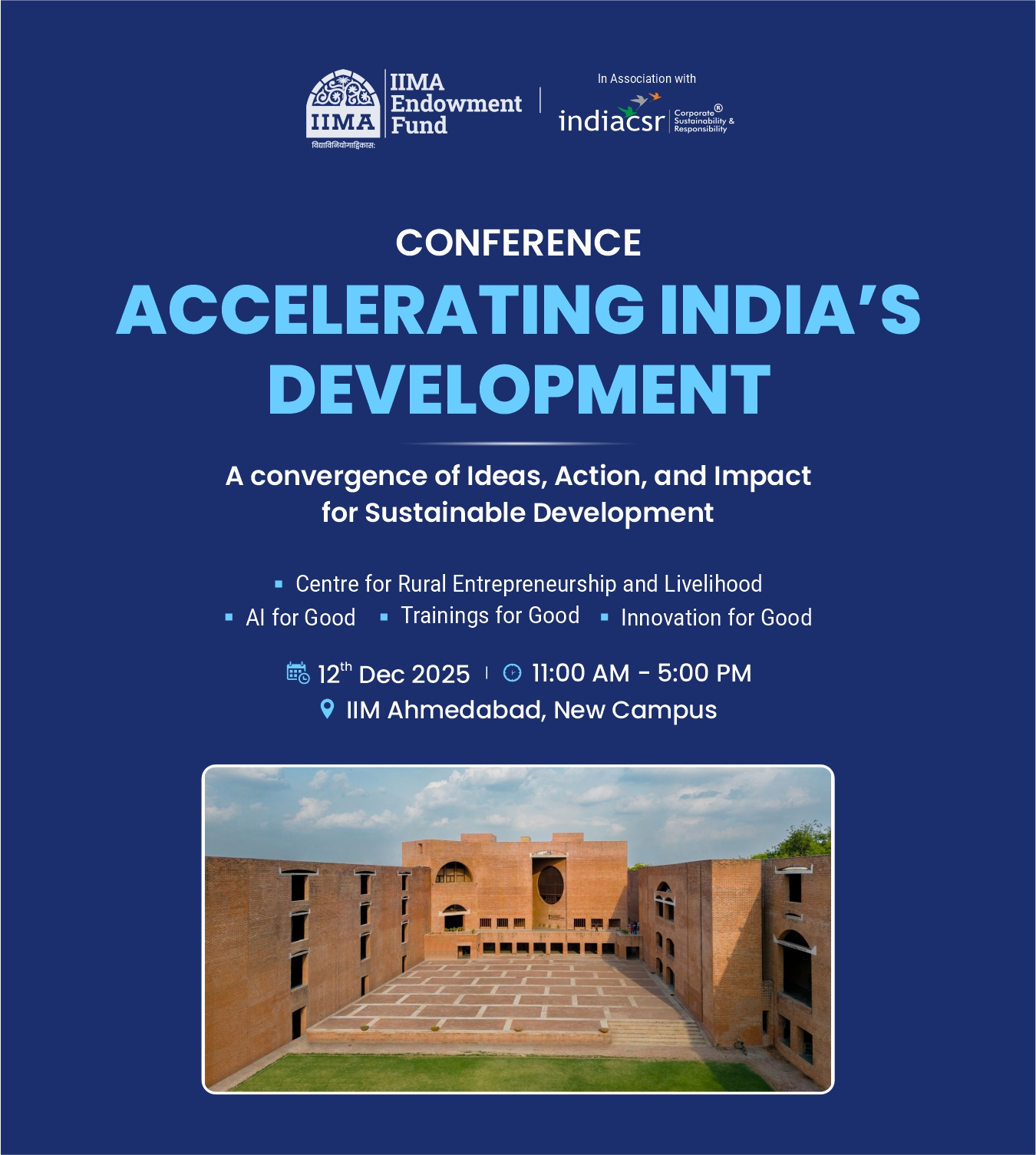By Pavan Kaushik
Corrosion is a potential problem for any metal monument, especially in highly polluted or seaside atmospheres. Nevertheless, white-bronze monuments, which were meant to remain unpainted, survived remarkably well. Perhaps this is because the cast metal was relatively pure (more than 99% zinc) and the joining metal was also composed of zinc.
Zinc Monuments in American Cemeteries
Beginning in the 1870s, inexpensive monuments in American cemeteries began to be made of zinc. While many of these are in surprisingly good condition even today, others have begun to deteriorate after a century outdoors. Understanding how these monuments were made, what they were meant to look like, and what treatments are suitable for them provided a sound basis for preservation of this heritage.
White Bronze: Unique Production Methods
Companies in U.S. and Canada produced the most commonly found items using a unique methodology that included a sand-blasted finish to imitate the mat appearance of stone. Marketed as superior to stone in terms of durability, their products were referred to as white bronze. They included thousands of markers custom-made effigies of the dead, off-the-shelf statues of Faith, Hope, and Charity, and enormous Civil War memorials crowned by statues of soldiers.
Evolution of Zinc Artifacts
Using a more conventional technique, New York-based firms sold zinc statues of soldiers and firemen painted in imitation of bronze to veteran’s groups and municipal governments. The cast-iron fountains with classicizing zinc statues were occasionally placed in cemeteries, originally painted light colors in imitation of stone. By the early 20th century the companies in Chicago introduced copper-plated zinc for Roman Catholic cemeteries, which continued to be sold as late as the 1950s.
Hindustan Zinc is India’s only and world’s leading Zinc-Lead-Silver Producer.
About the author
Pavan Kaushik heads Corporate Communications at Hindustan Zinc
You may also like:
- Zinc Sacrificial Anodes – Protecting Ships
- Silver, the Noblest Precious Metal
- Silver – This White Gold Glitters More Than Gold
- Nutrition Programs functioning in India






